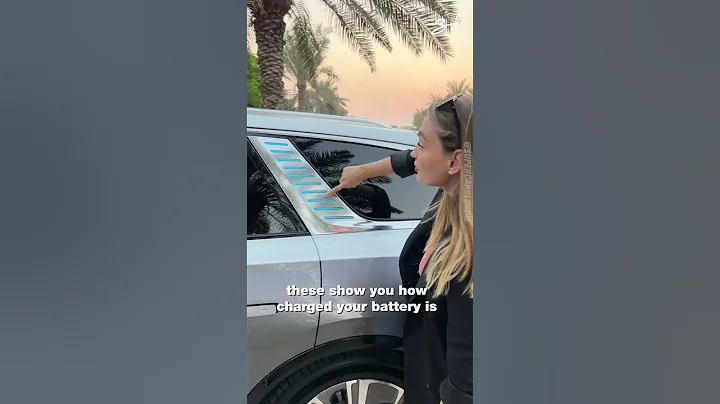New energy vehicle spontaneous combustion occurs when charging. How to do a good job of fire protection
New energy vehicle catches fire when charging is one of the most common fire situations in new energy vehicles. It is mainly due to overcharging of the power battery under the monitoring failure of BMS:
When charging a new energy vehicle, the BMS will give a reasonable charging plan based on the monitored battery status, and then control the charging conditions through communication with the charging pile. Due to fluctuations in specific parameters such as internal resistance, self-discharge rate, and attenuation rate of each single cell, it cannot be consistent. Although the battery cells will be grouped before grouping, as the usage time increases, the individual battery cells will have a larger difference, and the accuracy of the BMS detection of the battery will become lower and lower, which will eventually lead to the BMS failure, resulting in the power battery overcharging.

When overcharging occurs, the number of lithium atoms remaining in the cathode material is too small, resulting in a permanent decline in the battery capacity. After the negative end lithium atom is saturated, metal lithium aggregates on the surface of the anode material to form dendrites. For a long time, lithium dendrites have penetrated the diaphragm, causing short circuits between the positive and negative electrodes and releasing heat energy. At the same time, when overcharged, substances such as electrolyte often crack and produce gas, and oxygen will also accumulate on the negative electrode surface, causing the battery to catch fire.

In response to this disadvantage, Beijing Yixuan Yunhe Data Co., Ltd. has developed a new energy charging pile fire extinguishing system. This is a fire extinguishing system for the potential fire hazards when charging new energy charging piles. The fire extinguishing agent uses a new perfluorohexanone fire extinguishing agent. Perfluorohexanone is stored in the fire extinguishing device in the form of a liquid. Once discharged, it evaporates immediately, completely flooding the protected space, and absorbs heat better than water, and does not damage any valuable assets. It has become the most effective fire prevention measure on the market. Perfluorohexanone is particularly suitable for extinguishing fires in areas where non-conductive dielectrics are needed, where electronic systems cannot be shut down in emergencies, where cleaning of other reagents poses a problem, and where non-insulating media is usually required.











